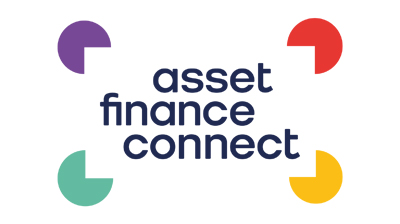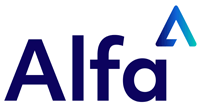US automotive loan balances climbed 11.5% to reach $987 billion in the fourth quarter of 2015, according to the most recent State of the Automotive Finance Market report from Experian, marking the highest level on record since the information services company began publicly tracking the data in 2006.
The growth in balances was fueled primarily by finance companies and credit unions, which saw increases of 22.5% and 15.9% over Q4 2014, respectively. Despite those increases, however, banks maintained the largest share of loan balances at approximately $337 billion, an increase of 7.6% over the prior year.
Captive finance companies experienced modest growth of 6.3%, to reach $244 billion, according to Experian. Additionally, the growth in overall loan volume led to an increase in subprime and deep-subprime loans. In the fourth quarter of 2014, subprime and deep-subprime loans accounted for 20.3% of all open automotive loans, compared with 20.8% in Q4 2015.
“The boost in automotive sales has contributed to a strong quarter for all lender types across the industry,” said Melinda Zabritski, senior director of automotive finance for Experian. “That said, while loan balances continue to rise and funding may be more easily attainable, it is critically important for consumers to stay on top of their monthly payments to keep the automotive market running on all cylinders.”
Delinquencies down
Findings from the report show that 30-day delinquencies are down across the board, pushing the overall rate to 2.57% from 2.62% a year ago. Conversely, 60-day delinquencies grew from 0.72% to 0.77% over the same time period.
All lender types saw increases in the percentage of loans that were 60 days delinquent with the exception of credit unions, which remained flat year over year. The percentage of loans that were 60 days delinquent, however, is still below the percentage in Q4 2007, when it was 0.8%.
The report also found that finance companies make up the largest portion of the $6.8 billion in loan balances that were 60 days delinquent. Finance companies hold nearly 45% of these balances, with a total dollar volume of $3.04 billion. They are followed by banks ($1.8 billion), captive finance companies ($1.2 billion) and credit unions ($737 million).
“While rates in the more severe delinquency category are up, it’s important to note that the increases are modest and relatively low from a historical perspective,” continued Zabritski. “Also, given that we’ve seen an increase in loans to subprime and deep-subprime consumers, it’s natural to see a slight uptick. Although not yet a cause for concern, the industry should keep an eye on this metric to see how it trends in the quarters to come.”







